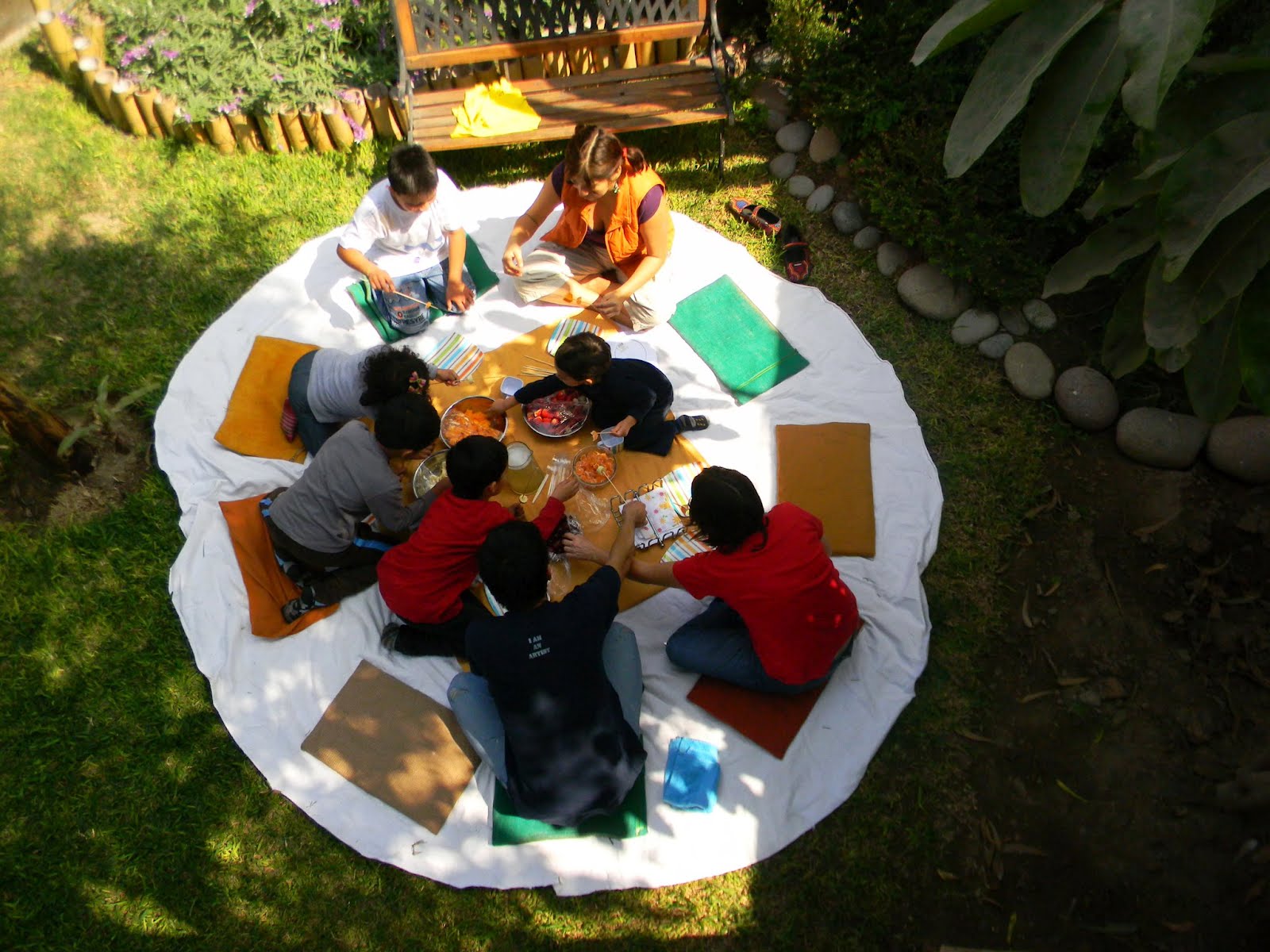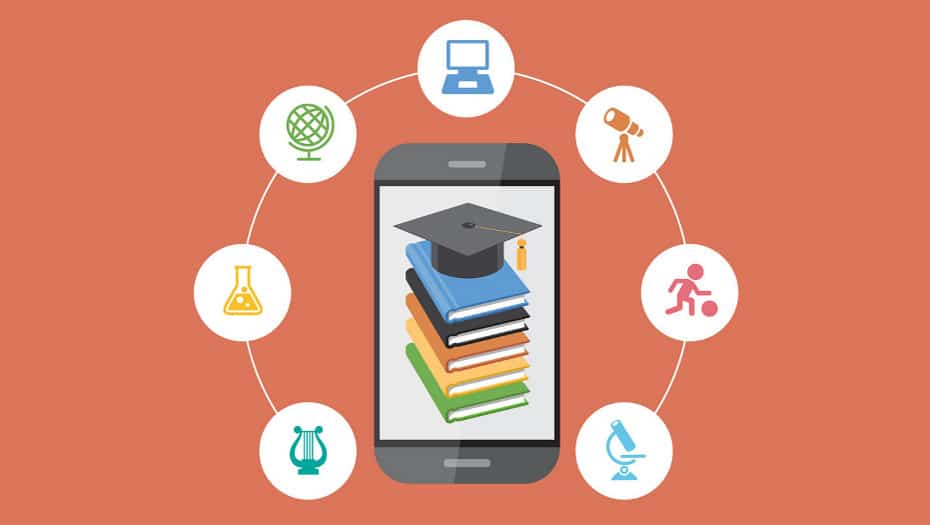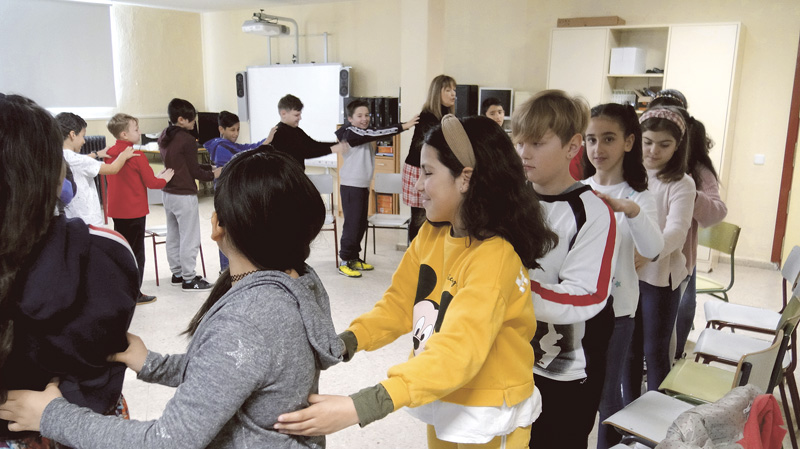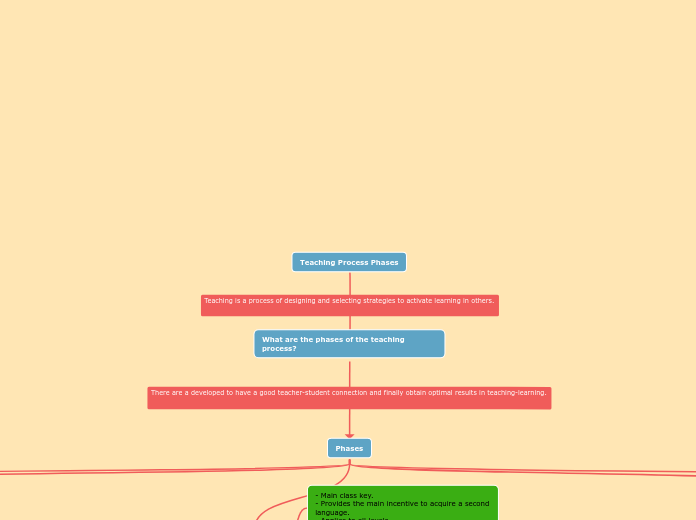Teaching Process Phases
What are the phases of the teaching process?
Phases
Activation
Study plan design
Focuses on:
- Intelligences.
- Previous knowledge.
- Student experiences to demonstrate understanding.
This process allows for discussion, logic, feedback experimentation and reasoning.

Planning a lesson
Identifies the objectives to be achieved in the class.

Evaluates the methodologies and strategies used during the class.
The lesson plan contains activities that the teacher has planned in advance and goin to be done.

Exploration

Prior knowledge
Allows connections to be made with new information.
- Generates new ideas (no exception to prior knowledge).
- New level of acquisition.
- Influences student achievement.

(Lindblom, October 2008)
Integrated knowledge framework
- Create a learning environment.
Learning means:
- Actively constructing knowledge.
- Skills on the basis of prior knowledge.
Through prior knowledge:
- Positive learning effect.
- Effective understanding.
- Good vibes.
Motivation
- Main class key.
- Provides the main incentive to acquire a second language.
- Applies to all levels.

Connection

Planning
PLANNING involves goals, objectives, strategies and plans; elements that are subsequently reflected through the organization in the structure of the institution.
United Kingdom, Fraser and Bosanquet (2006)
Higher education staff highlight these points:
- The structure and content of a unit.
- The structure and content of the syllabus.
- The learning experience (student).
- Dynamic and interactive teaching and learning processes.

Application and Evaluation of Knowledge

For Blanco (1996: 42) ''Evaluation is the corrective and continuous comparative judgement of the student's progress, based on collected data".
Evaluation
Contains:
- Teacher-designed assessments.
- Rubrics.
- Self-assessments (Teacher).
Types of evaluations to be applied (Claude Steele, 1999)
Evaluation

Evaluates student performance, teacher effectiveness and curriculum success.
Standards

Acquisition of formal content and skill development objectives for optimal learning.
Standardized assesment

They measure limited areas of proficiency and the overall level of student performance.
Authentic assesment

It is intended to measure a student's abilities (critical thinking, writing, expression of ideas and collaborative work).
Portfolio assesment

It is evaluated according to a collection of work compiled over an extended period of time.
Reflective practice

It aims to transform daily classroom practice into a process of inquiry rather than one of application.
